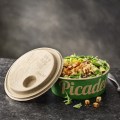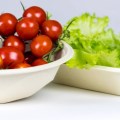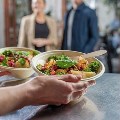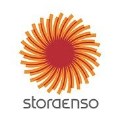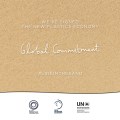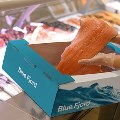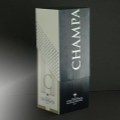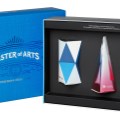If this is your company, CONTACT US to activate Packbase™ software to build your portal.

Stora Enso has previously looked into what food packaging materials are appreciated most among consumers for different food categories. But how about other perceptions regarding packaging? Based on our consumer study, some features are more important than others – and in this article, we pick up some of the consumers’ likes and dislikes.
When we interviewed consumers in the UK, they considered some packaging solutions to be tired and worn out – for example plastic bags that are not resealable. “These non-resealable plastic bags feel quite old”, said one. A healthy and natural look, on the other hand, is on the rise. Packaging that looks and feels natural creates an illusion of non-processed food and is perfect for organic food products.
So, what about the Chinese consumers then? “By 2020, 400 million consumers will be middle class in China. They care a lot about the product and presentation. They care about quality”, said a Shanghai-based brand director in the interview. With this in mind, it is no surprise that for the Chinese the most important feature is packaging solid enough to protect the food well. They also like transparency, like a window to see the food inside. What is less important, but still a nice-to-have feature is creative and visually attractive packaging. The most disliked feature in China is fragile packaging that can’t keep the food safe, is non-transparent and difficult to open.
In Germany, there are several things that contribute to the purchase decision. Experience and trust to the brand are strong factors, as well as habits. Consumers often buy the same products with basic foods. “For a bag of flour, I don’t care if it’s private label or not,” said a German consumer who otherwise prefers premium. This is different in categories like pasta or chocolate – there the consumers of premium seek branded products due to their perceived higher quality.
Branding and information are two areas where producers have good chances to influence the purchase decisions. As in the UK, consumers in Germany care for healthy and sustainable food, so having trustworthy information with official symbols is crucial. Reusable and environmentally friendly packaging is seen as premium, so the symbols have power to boost consumption of healthy and sustainable food products.
Small packaging and eco-friendly material such as renewable and recyclable paperboard are trending as consumers are becoming more and more environmentally conscious – and this is true for all the three countries in our study, so that’s clearly the right direction to go in.



